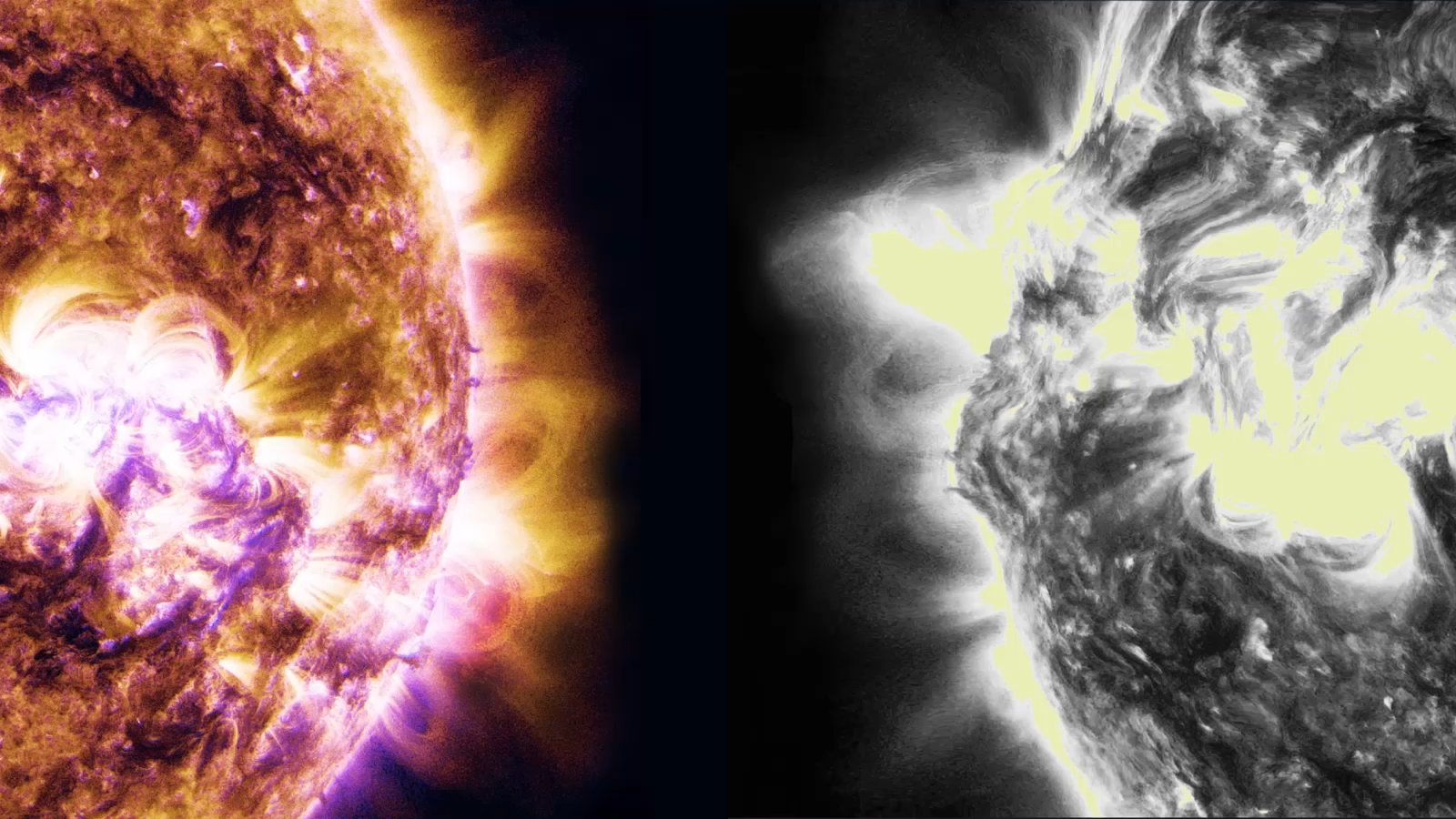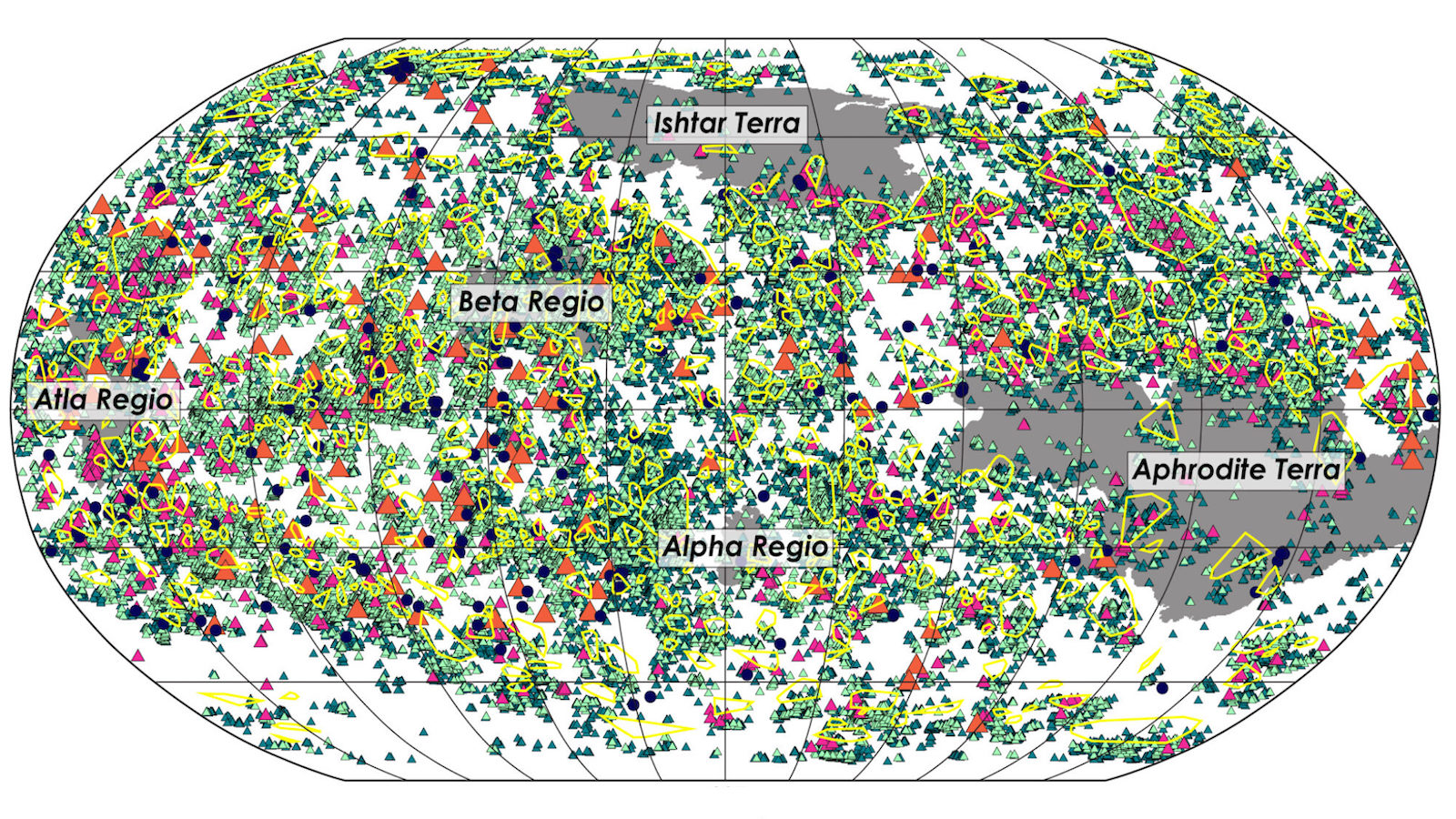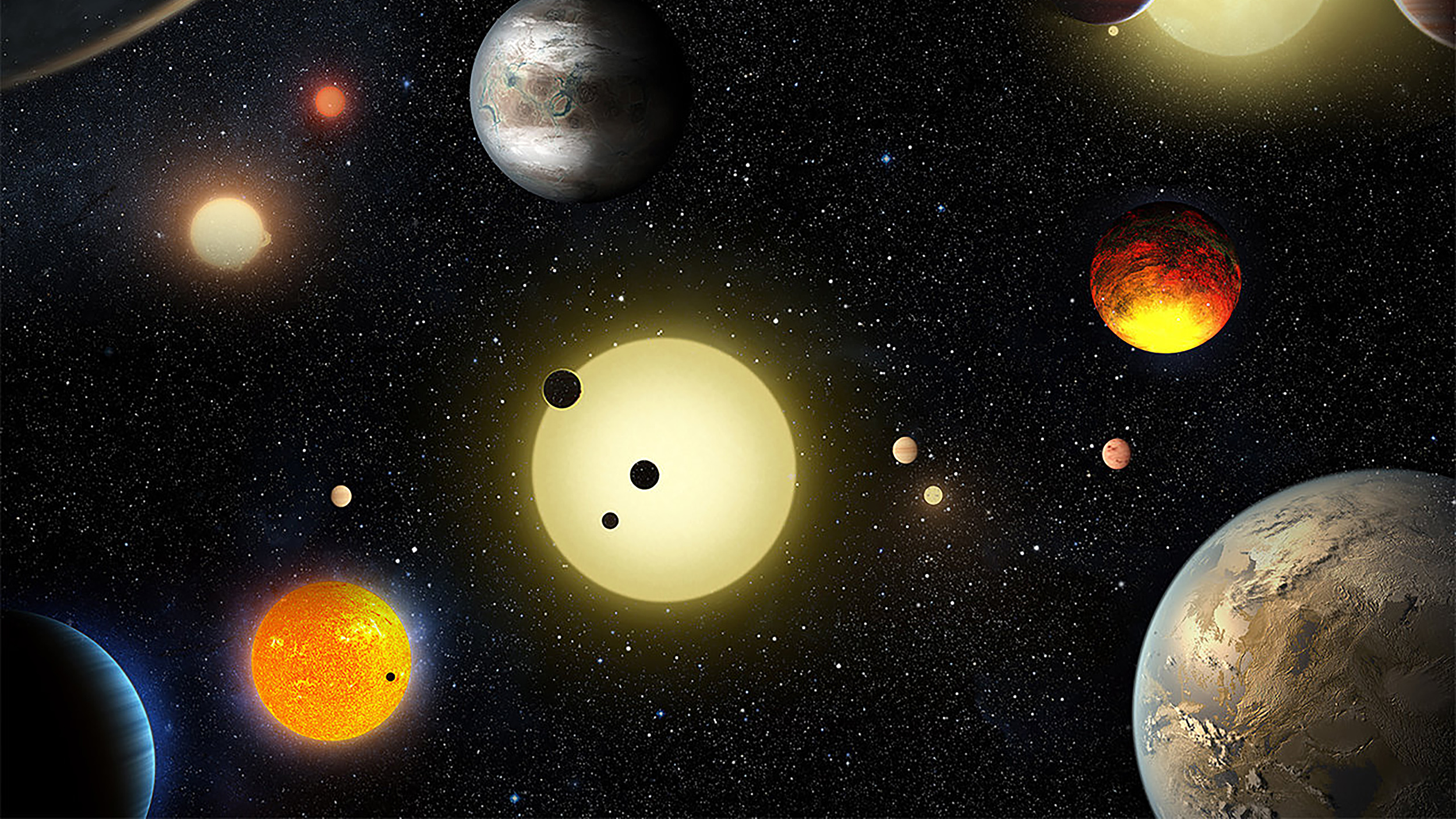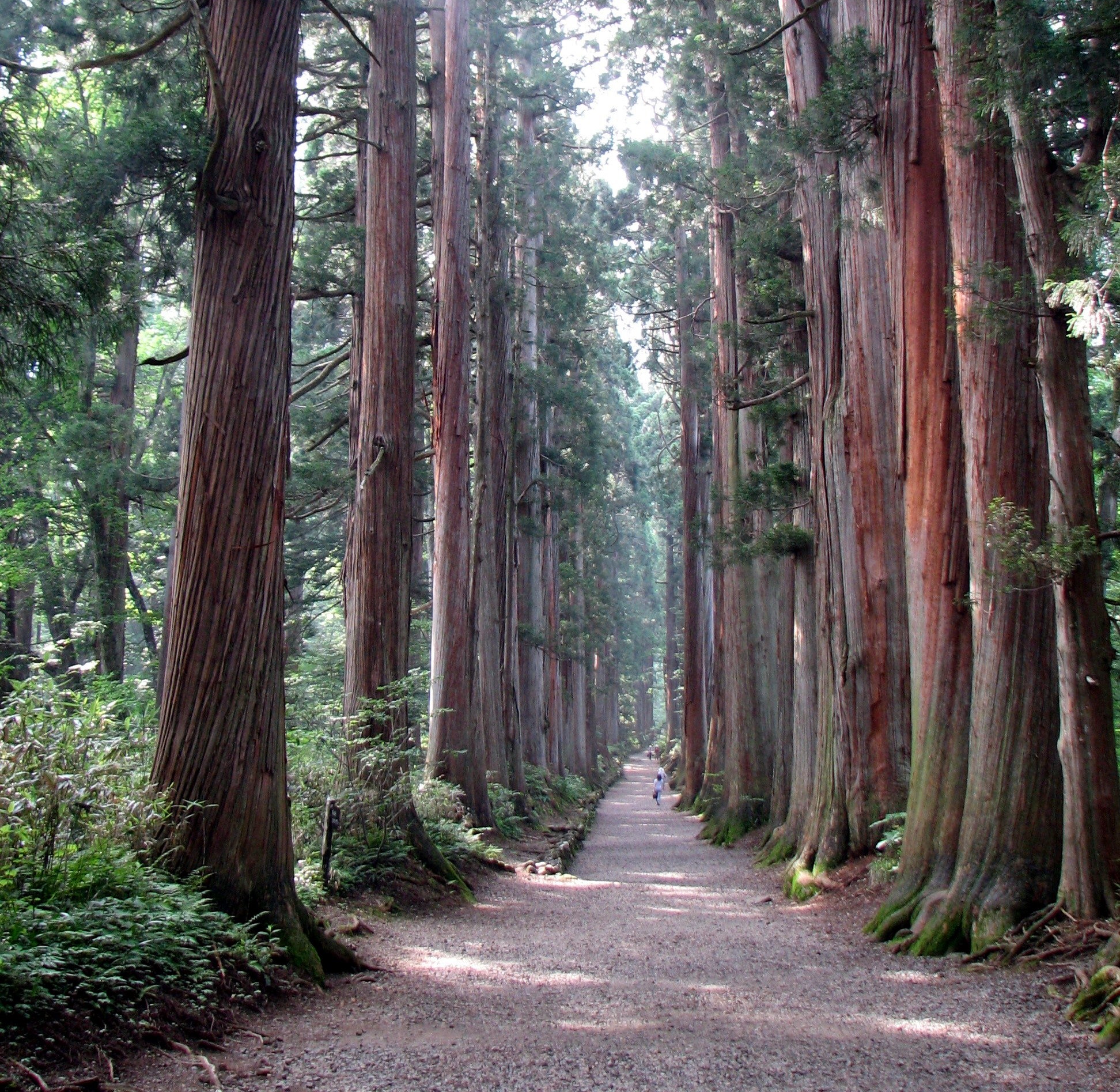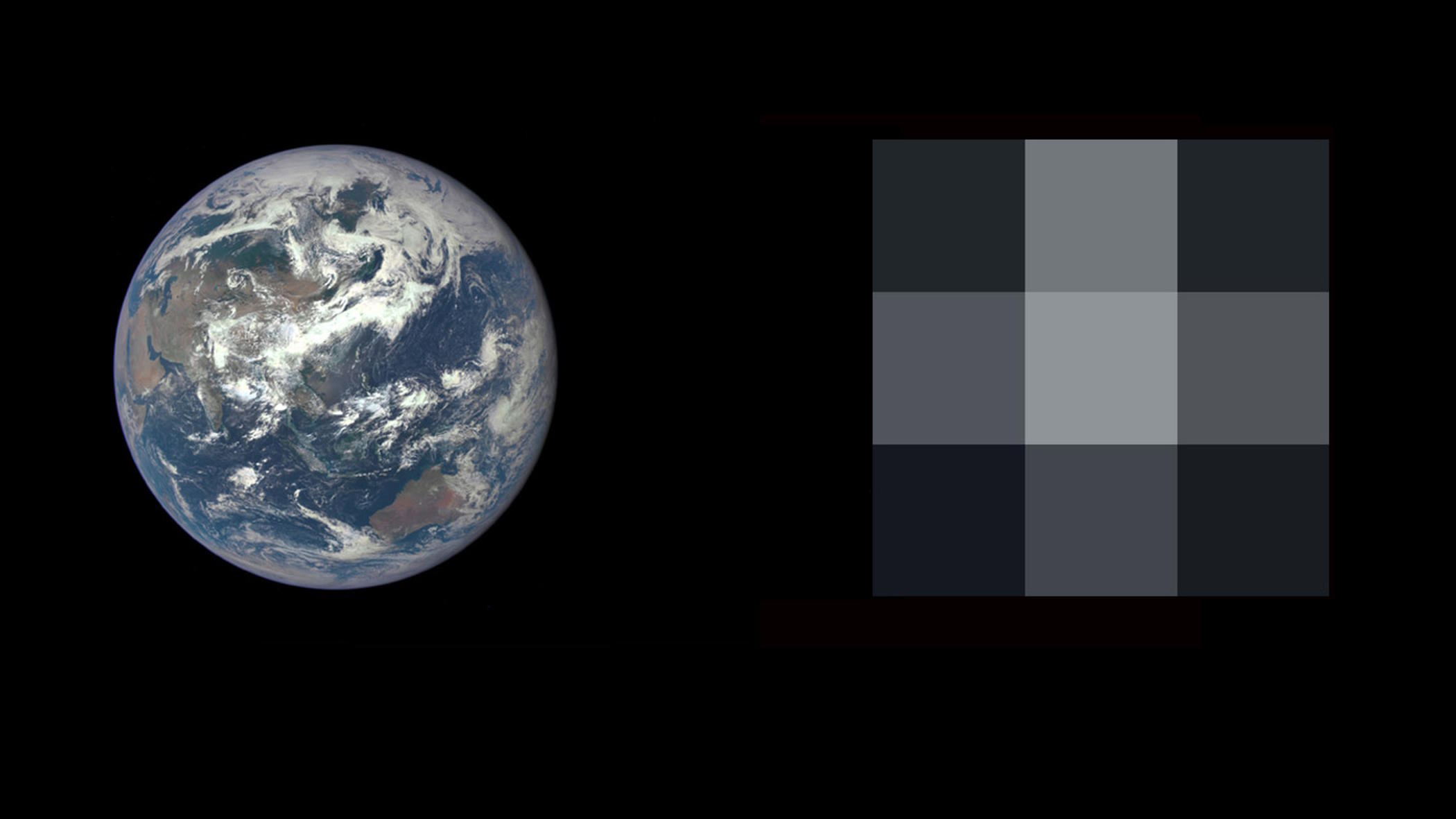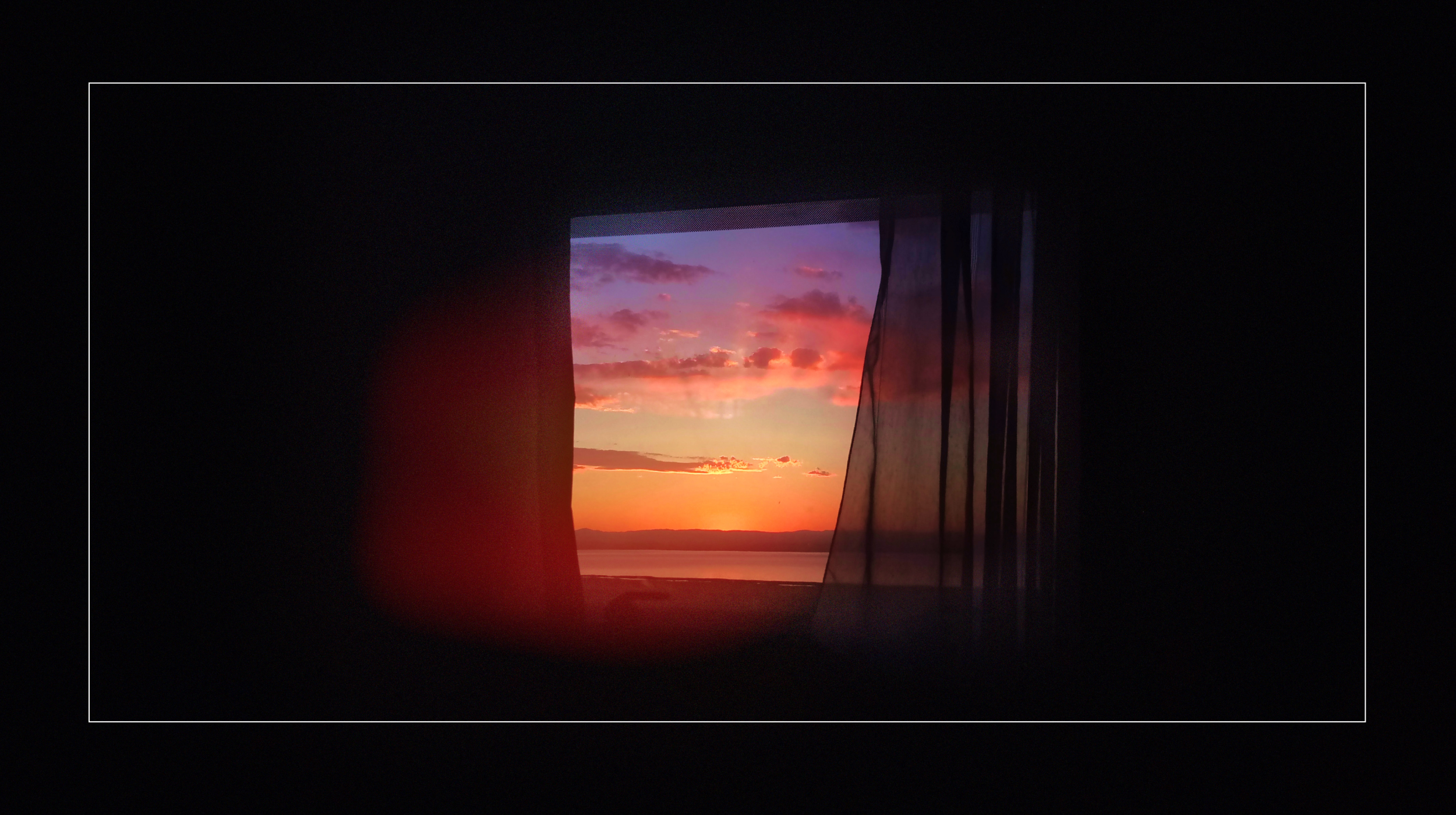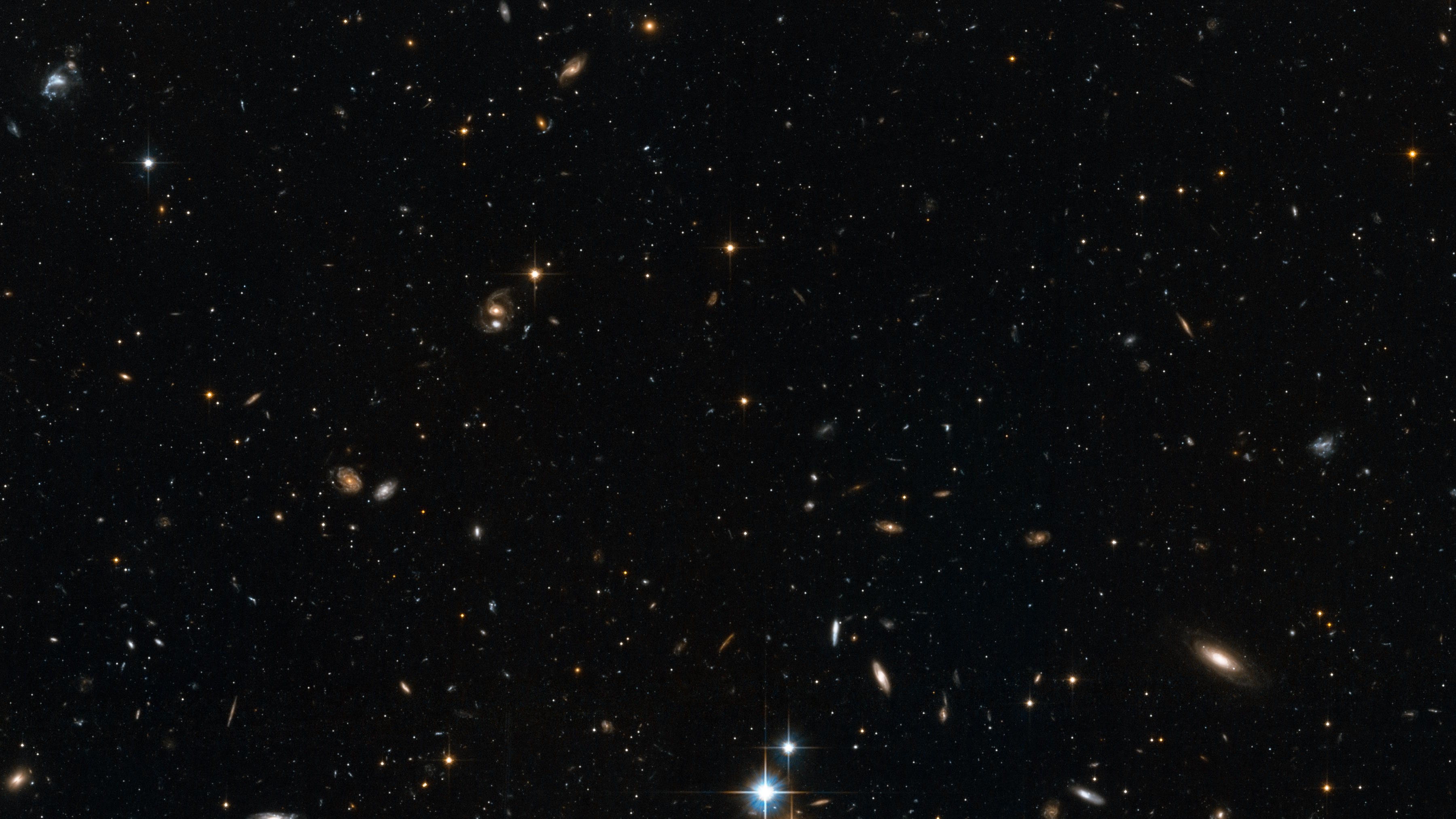When Einstein gave General Relativity to the world, he included an extraneous cosmological constant. How did his ‘biggest blunder’ occur?
Search Results
You searched for: sun
In the early stages of the hot Big Bang, there were only free protons and neutrons: no atomic nuclei. How did the first elements form from them?
Unless you confront your theory with what’s actually out there in the Universe, you’re playing in the sandbox, not engaging in science.
For well over a century, engineers have proposed harnessing the ocean’s tides for energy. But the idea hasn’t seemed to register in many places.
Lithium-ion batteries pose challenges for our transition toward renewable energy. Sodium-sulfur batteries might be a solution.
Like Mars today, Venus used to be a sci-fi superstar. Recent discoveries could re-ignite our interest in Earth’s “evil twin.”
One newly discovered, ancient star has a composition unlike any other. Explaining its existence is already blowing astronomers’ minds.
Archaeologists can learn how societies lived by studying what they left behind when they died. Astronomers are doing much the same thing.
One study suggested that the “Methuselah Star” is older than the Universe itself.
Its implications go well beyond the Earth itself, affecting even the future of space travel.
It’s rare that one single image packs so much beauty and science simultaneously. This Hubble view of a nearby star-forming region has both.
If stars don’t go supernova at first, they can get a second chance after becoming a white dwarf. But can their companions survive?
A new, unexpected brightening, just 3 years after a massive dimming event, has astronomers watching Betelgeuse. Is a supernova imminent?
Astronomers have discovered more than 5,000 confirmed exoplanets — very few of which resemble Earth.
Early relics and late-time objects give incompatible results for the expanding Universe. This independent anomaly intensifies the problem.
Please stop calling our Sun an “average star.” It is philosophically dubious and astronomically incorrect.
In our Universe, all stable atomic nuclei have protons in them; there’s no stable “neutronium” at all. But what’s the reason why?
Red dwarf stars were supposed to be inhospitable. But TOI-700, now with at least two potentially habitable worlds, is quite the exception.
For a thousand light-years in all directions, there’s a “bubble” that the Sun sits at the center of. Here’s the story behind it.
1859’s Carrington event gave us a preview of how catastrophic the Sun could be for humanity. But it could get even worse than we imagined.
When battles raged in ancient cities, their rocks blazed so brightly that they could be reoriented according to Earth’s magnetic field.
Invisible cloaks. Ghost imaging. Scientists are manipulating light in ways that were once only science fiction.
The laws of physics aren’t changing. But the Earth’s conditions are different than what they used to be, and so are hurricanes as a result.
NASA has finally chosen which flagship mission, like Hubble and JWST, will launch in ~2040. Detecting alien life is now a reachable goal.
At 1,600 light years away, the black hole is practically in our cosmic backyard.
How the simple act of watching twilight can radically transform our perception of the world and our role within it.
“Imagination is more important than knowledge” is often taken to mean that your conceptions outweigh what’s real. That’s not what he said.
The Universe is precisely dated at 13.8 billion years old, but astronomers claim the Methuselah star is 14.5 billion years old. What gives?
Even at its faintest, Venus always outshines every other star and planet that’s visible from Earth, and then some!

